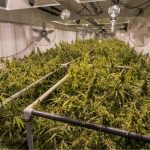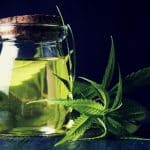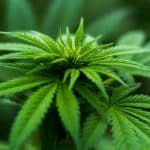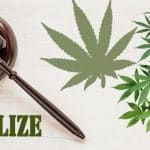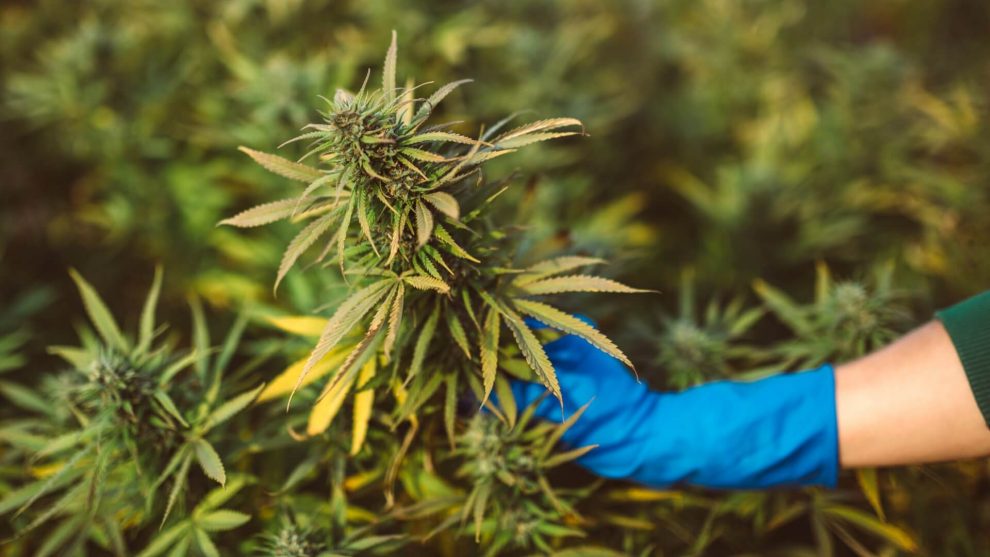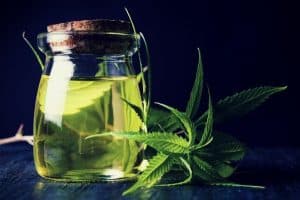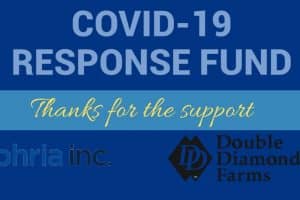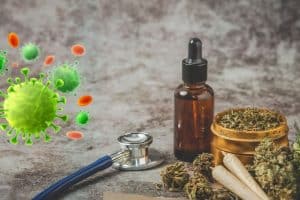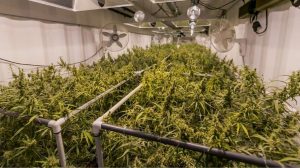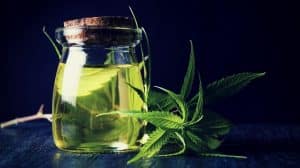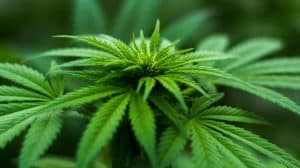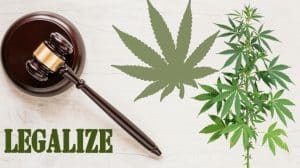Senator Sonny Borrelli of R-Lake Havasu City is contemplating on enacting a state law that will take away the rights of the cities and counties to control an “industrial hemp site.” These sites are places where hemp is cultivated, harvested, and processed.
It is an outstanding concern among marijuana growers that high psychoactive chemicals THC, is being contaminated by pollen from male hemp plants. Therefore, there has been constant effort to convince policymakers to enact the law that ensures that there is no hemp farm situated at least in the radius of five miles of the marijuana farm.
After hemp cultivation was legalized, the major concern for both the lawmakers and medical marijuana growers was “stray pollen from neighboring hemp farms.” As hemp and marijuana are closest cousins belonging to the genus Cannabis, therefore pollen from hemp can fertilize marijuana. Medical marijuana is grown for their flowers only, which is born by the female plants; hence, the whole marijuana industry grows only female plants.
Damien Kennedy, compliance and analytics manager at Amado Management, in northern Santa Cruz County, explains how their economic survival is being affected, “As soon as one of our female plants gets pollinated, it stops producing THC and any other medicinal quality. What it does is it takes all of its nutrients and puts it into that seed.”
For medical purposes, high THC is essential, so lower the THC content of the plant, lower the value of the plant. The problem of fertilized female marijuana plants is more complicated than just this.
“You don’t want to smoke seeds, we absolutely cannot have seeds in there. If you’ve ever smoked it, you know if you smoke a seed, you get the worst headache you’ve ever had in the world,” said Kennedy. He clarified that their employees go around the 117,000 square foot cultivation looking for male plants that may have overgrown and then they weed them out. It is for this reason that Kennedy believes that a buffer zone is essential.
